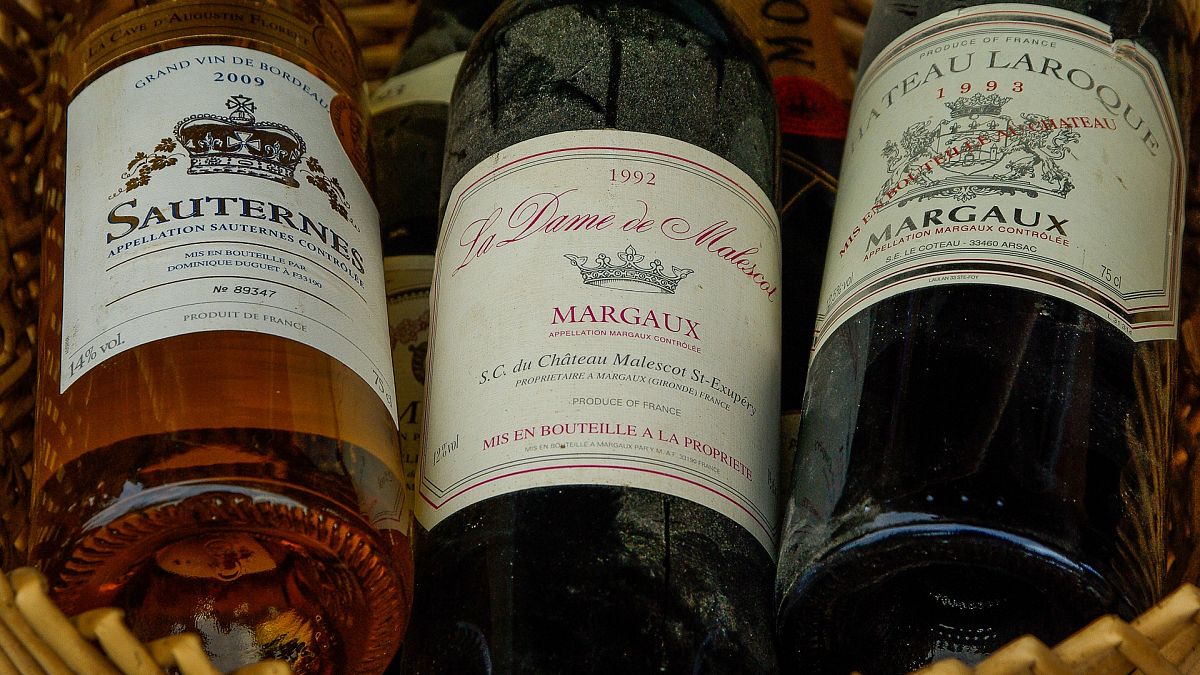The complex process of winemaking, coupled with how the liquid ages in the bottle, make wine a fascinating case study in space.
As many Europeans take on (with varying degrees of success) 'Dry January', the astronauts on the International Space Station may or may not be frustrated by the presence of a case of Bordeaux that they cannot touch.
Information regarding the chateau and vintage have not been released, but we do know that after one year, the wine that has aged in Space will be sent back to be compared with the same wine that has been kept at the same temperature (18 degrees Celsius) on Earth.
What's the experiment?
What may have been thought of as a festive treat is in fact an experiment centred on, according to NASA, the 'ageing of complex multicomponent liquids in a space environment.'
Essentially, experts will be required to discover if the wines taste different, and in what way, which will indicate what processes are different if a wine matures in an extra-terrestrial atmosphere. Or, if you'd like a more scientific explanation, here's NASA once again:
"The unique quiescent microgravity environment of the International Space Station (ISS) avoids disruption and modification of the processes originated and on-going at bottle level. Despite the shock during ascent and descent, this occurs during a short period of time compared to the stowage period of one year aboard the ISS. Essential changes on the physics and chemical reactions of the multicomponent liquid in microgravity are expected, resulting in different taste."
Not the first...
Interestingly, this current consignment is not the first Bordeaux to leave the planet. A bottle of Château Lynch Bages 1975 made its way onto the STS-51-G Discovery shuttle when it launched in 1985.
Other experiments with atmosphere changes have given rise to underwater initiatives for the storage of wine. It's quiet, with no direct sunlight and the organisms that become attached to the bottles make a beautifully unusual casing after a year or so a good few metres under the surface.


